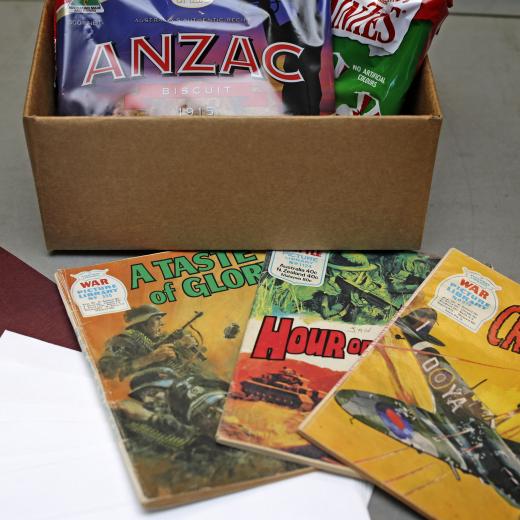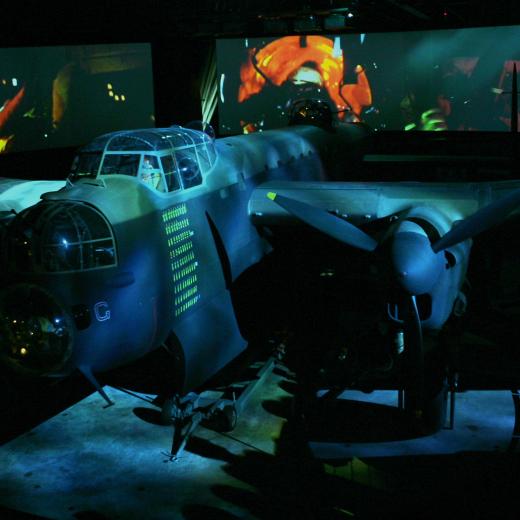BLUF
This article provides a sobering account by a military historian Paul Fussell—who served in WW2 as an infantry officer—of what war is really like.Summary
Written on the 50th anniversary of WW2, Paul Fussell makes the following points:
-
The amount of optimistic, sanitised publicity about the war didn't match the reality making it difficult to talk about the real hardships of those who did the fighting.
-
Despite what the US government told them, US soldiers knew that the Germans had better equipment, including automatic rifles, light machine guns, tanks, anti-tank mines, and the excellent German 88-mm flat-trajectory gun.
-
The troops became disillusioned, knowing those back home had no idea of what the war was really like.
-
As the war was fought against evil and was regarded as a moral triumph, there has been a reluctance to look too deeply at 'its murderous requirements'.
-
Modern warfare has terrible effects on the human body.
-
In war photography and art, dead bodies are shown intact, whereas the horrific reality was that bodies were often dismembered.
-
The extremely popular magazine Life Goes to War sanitised much of the war for those at home.
-
In the face of such horror, the distinction between friend and enemy vanishes as the combat troops on both sides suffered unimaginable hardships.
-
German U-boats carried animal intestines to shoot to the surface to convince Allied forces that depth charges had worked.
-
There are many instances of personnel going mad with the distress of seeing the horrific reality of what war can do to the human body.
-
Fear of depth charges in a submarine or the constant threat of attack on the Murmansk run caused many to go insane.
-
The years of the bombing of Berlin had a huge psychological long term impact on the population.
-
There is "command" solution to the infantry fear felt by soldiers when under bombardment; keep moving forward. The troops knew it might be better to move back!
-
The hundreds of thousands trained at US Army Replacement Training Centers raised the obvious question of why the US Army needed so many replacements.
-
In the Pacific, malaria, dengue, blackwater fever, dysentery, pneumonia, and trench foot added to the stress of those doing the fighting.
-
Unconditional surrender meant those in the front lines had to slog it out, kill or be killed until the enemy surrendered unconditionally.
-
News correspondents largely kept silent about these horrors, which meant the vast majority of the population had no idea what conditions at the front were really like.
-
Considering that they were running the war, it is surprising how little government officials knew about the real war.
-
All combat troops began to suspect that they were expendable.
References
- Oct 2014 the Conversation Home, workplace, tomb – the reality of the World War II tank
- Sep 2015 Washington Post Their war ended 70 years ago. Their trauma didn’t.
- Jun 2019 BBC The long echo of WW2 trauma





